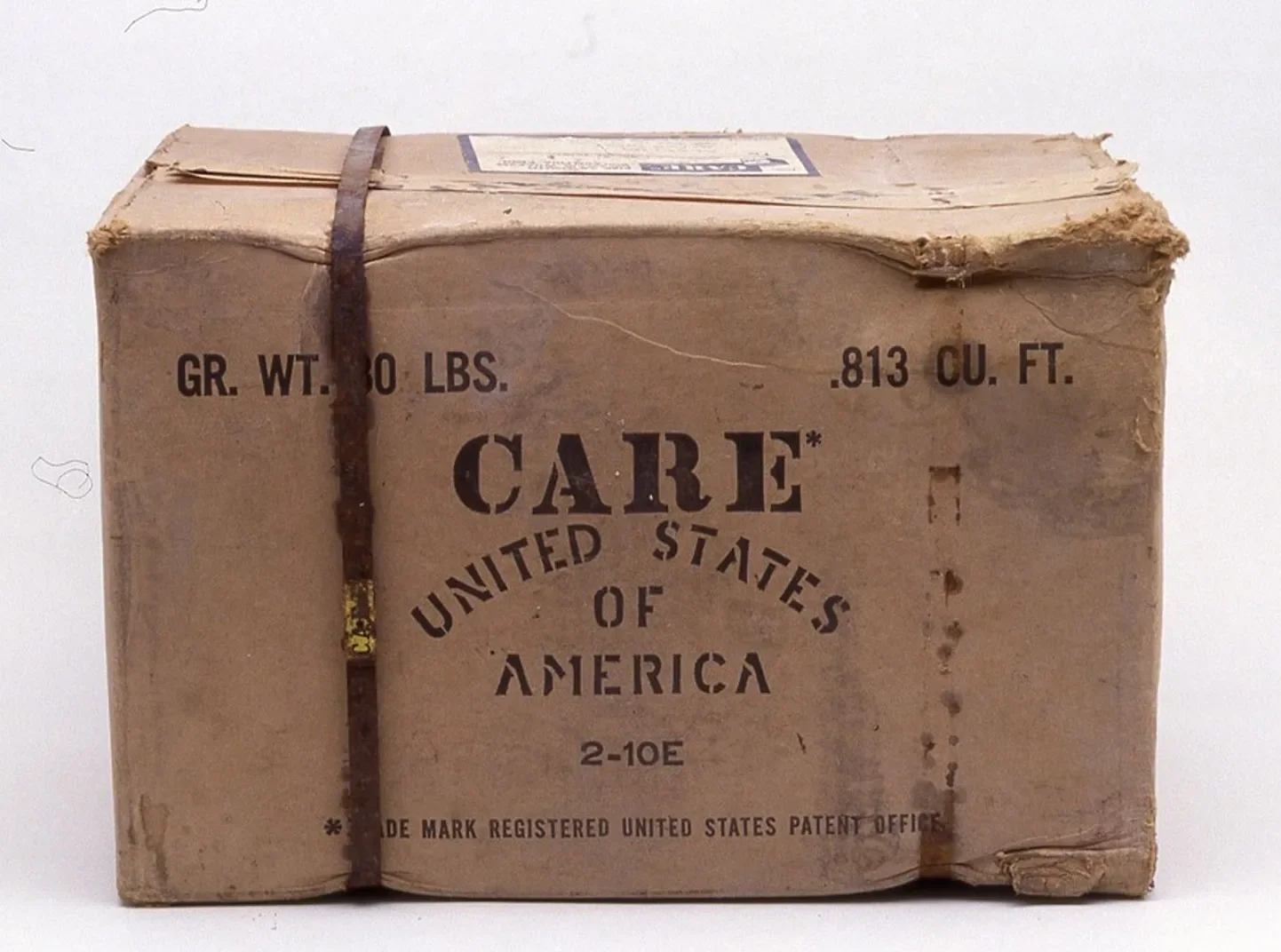Executive Summary
More than a year into the coronavirus pandemic, COVID-19 vaccines are being distributed across at least 176 countries, with over 1.7 billion doses administered worldwide. Combating the pandemic requires equitable distribution of safe and effective vaccines, however, women and girls are impacted by gaps both in the supply side and the demand side that hamper equitable distribution of the vaccine.
Evidence reveals that 75% of all vaccines have gone to just 10 countries, and only 0.3% of doses have been administered in low-income countries. Very few of COVID-19 vaccines are going to those most vulnerable.
The vaccine rollout in Asia and the Pacific has been relatively slow and staggered amid secondary waves of the virus. India, despite being the largest vaccine developer, has only vaccinated 3% of the population and continues to battle a variant outbreak that, at its peak, was responsible for more than half of the world’s daily COVID-19 cases and set a record-breaking pace of about 400,000 cases per day. However, the small Pacific nation of Nauru, reported a world record administering the first dose to 7,392 people, 108% of the adult population within four weeks. Bhutan also set an example by vaccinating 93% of its eligible population in less than two weeks. That success could be at risk, given the situation in India and the suspended export of vaccines.
